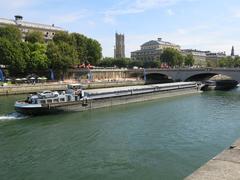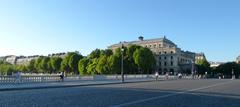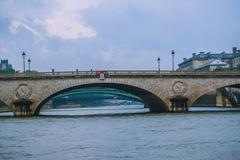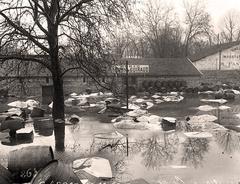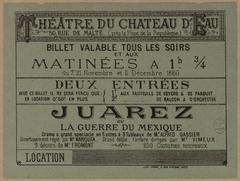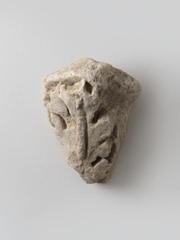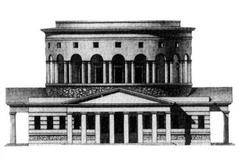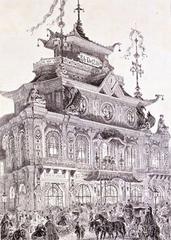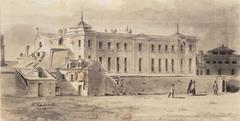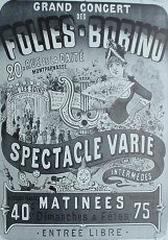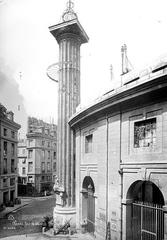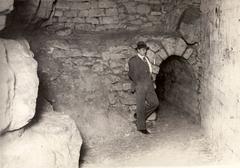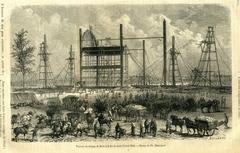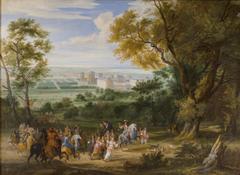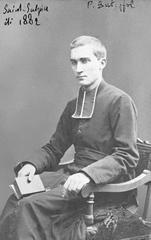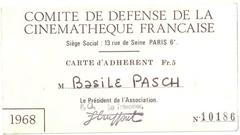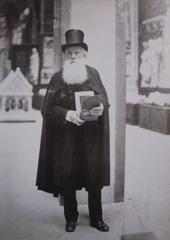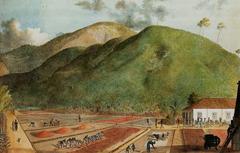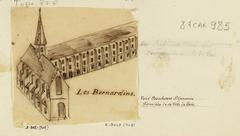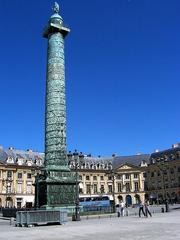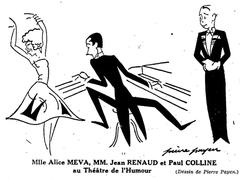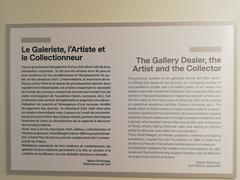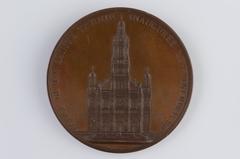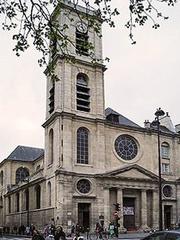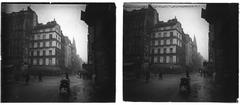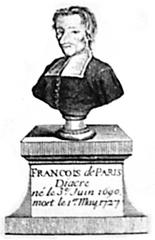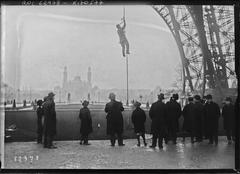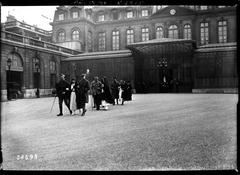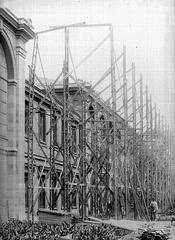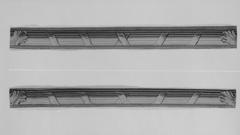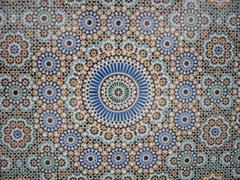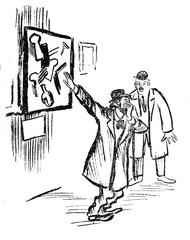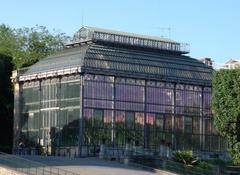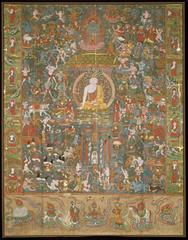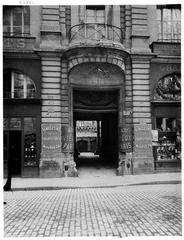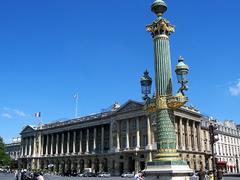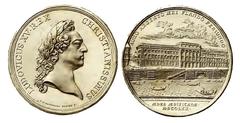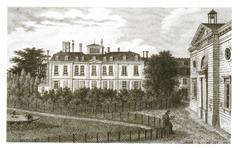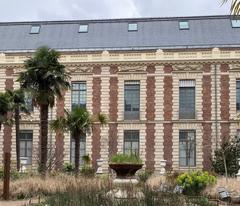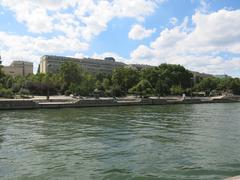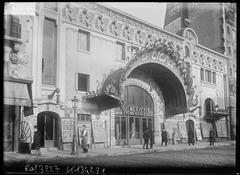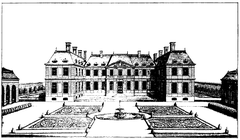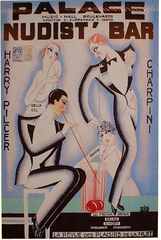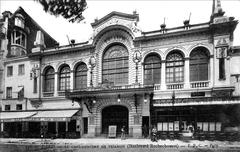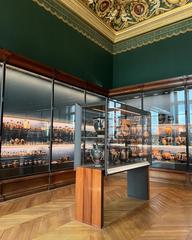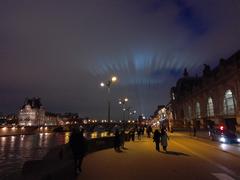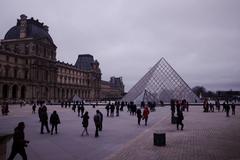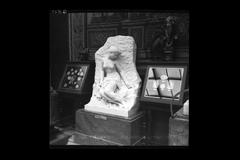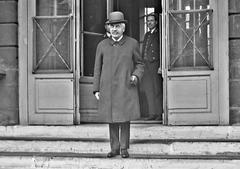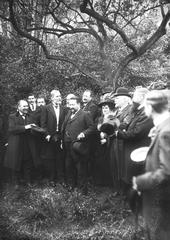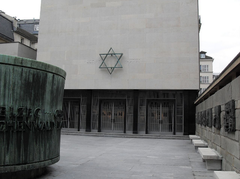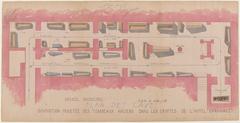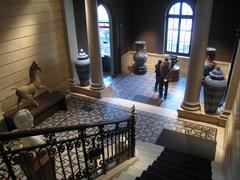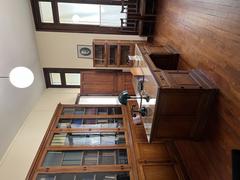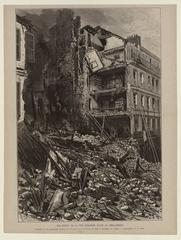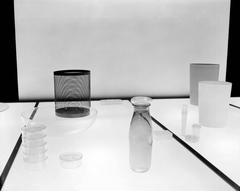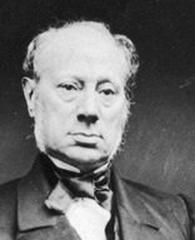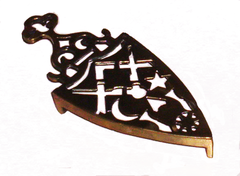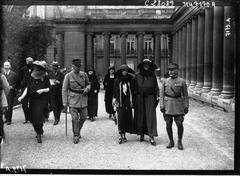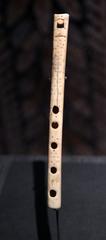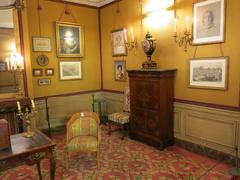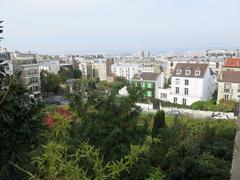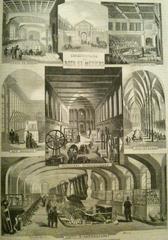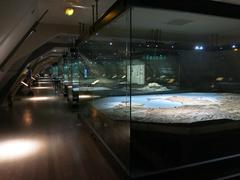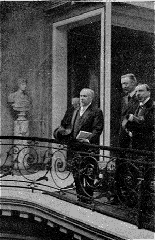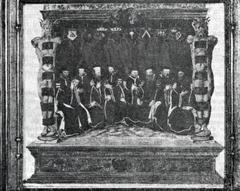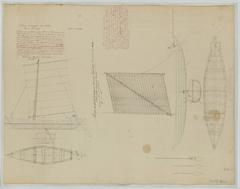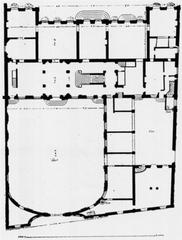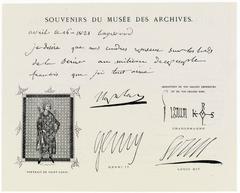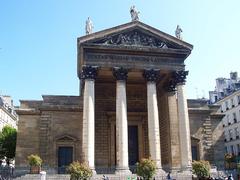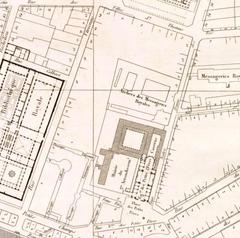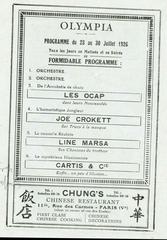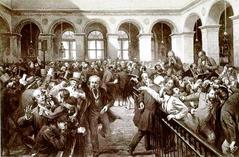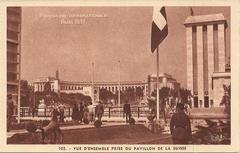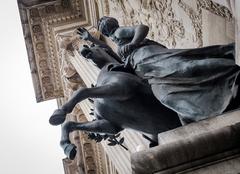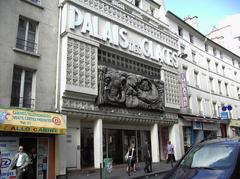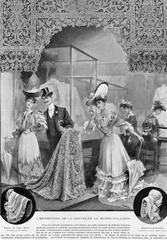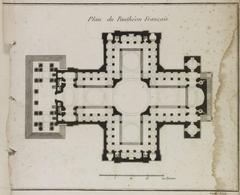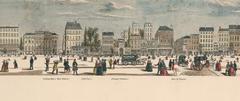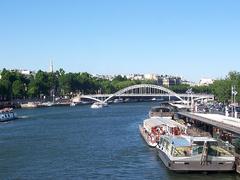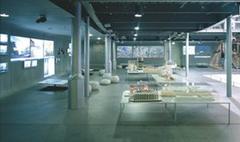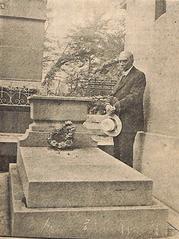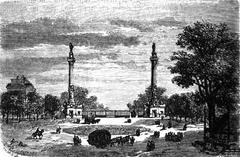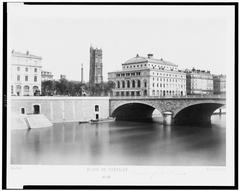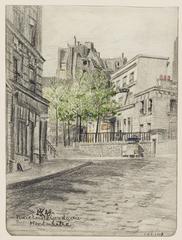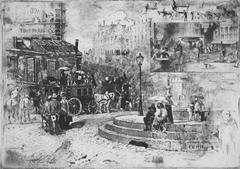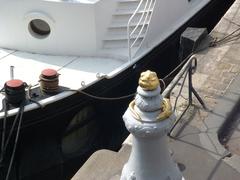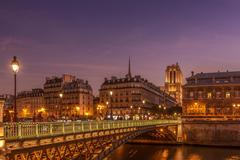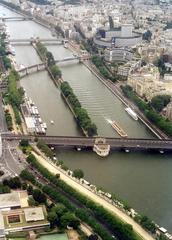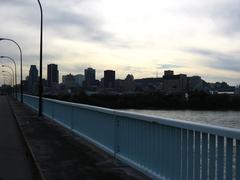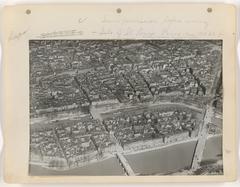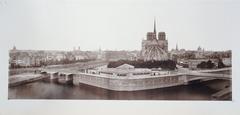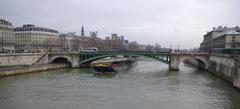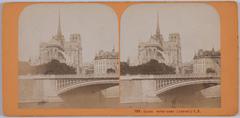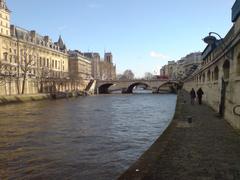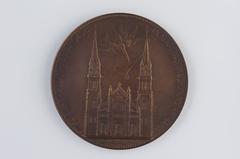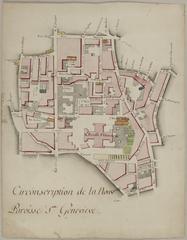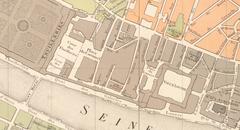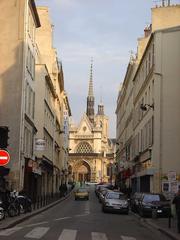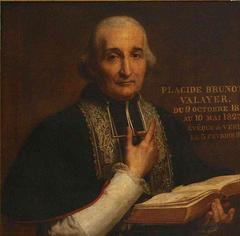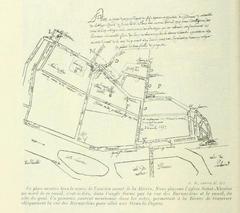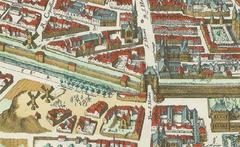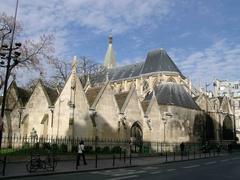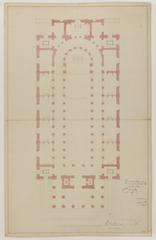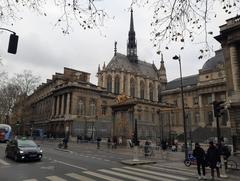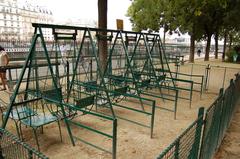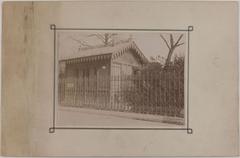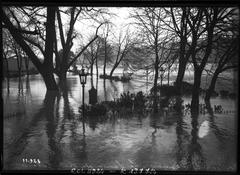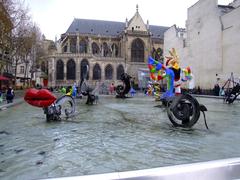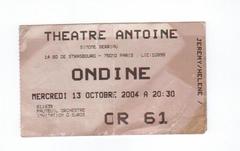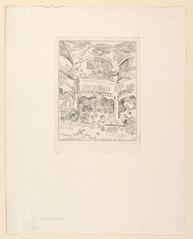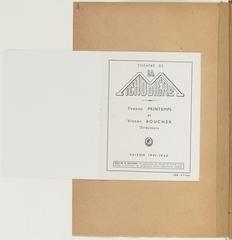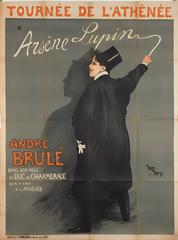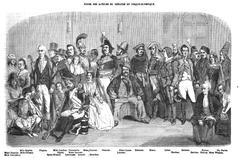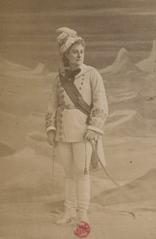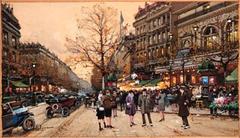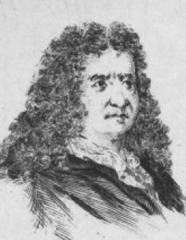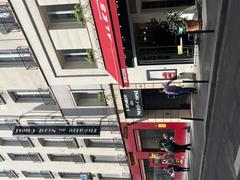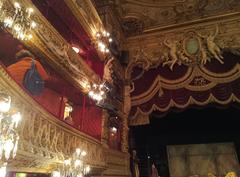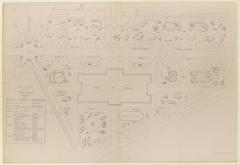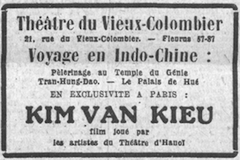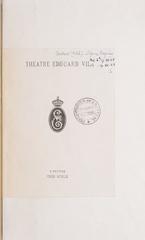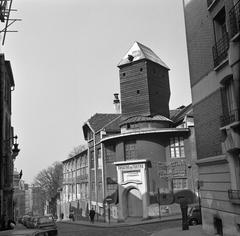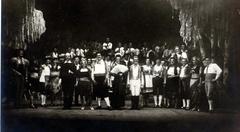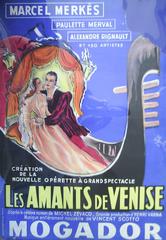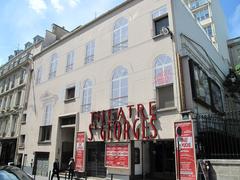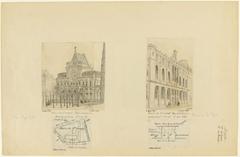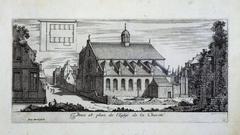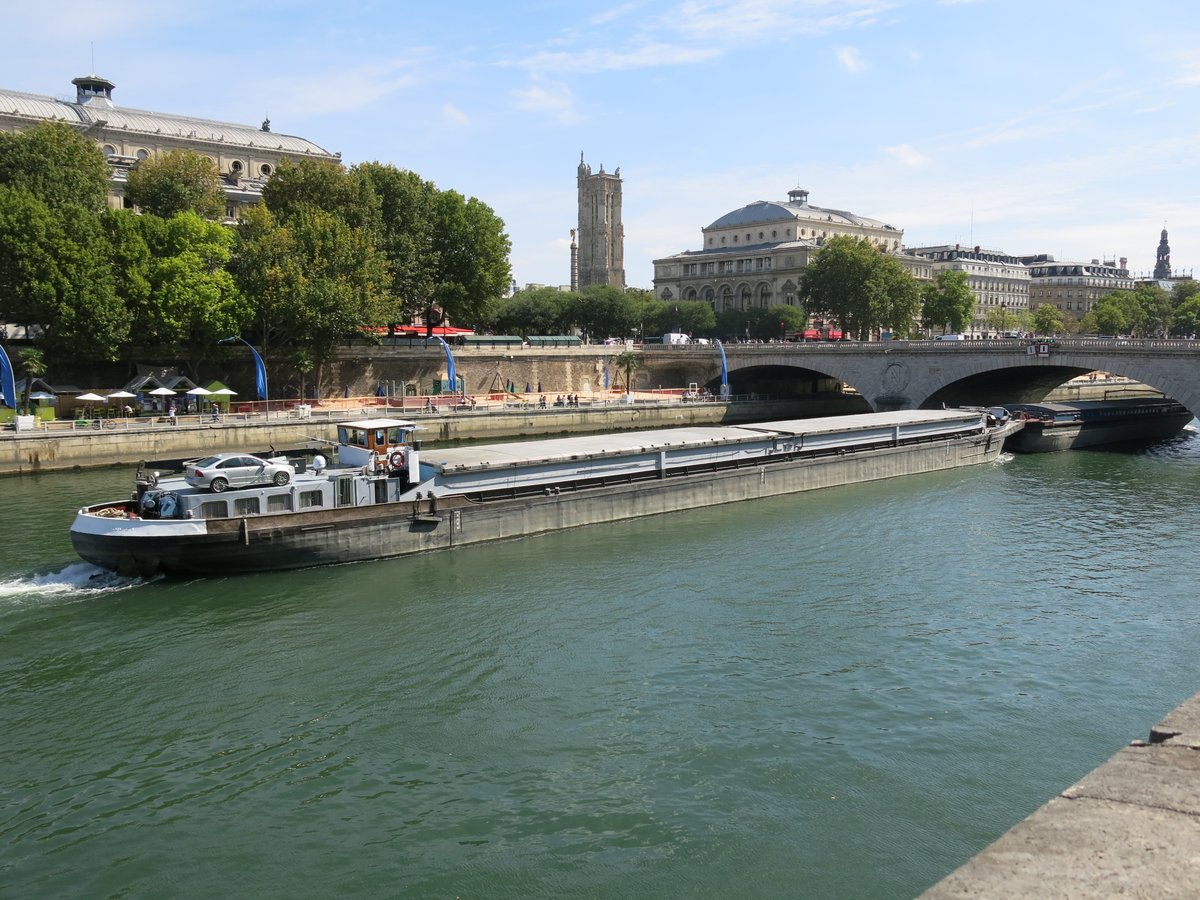
Visiting Pont au Change in Paris: Tickets, Hours, and Historical Insights
Date: 18/08/2024
Introduction
The Pont au Change is one of Paris’s most iconic bridges, seamlessly connecting the Île de la Cité with the right bank of the Seine. This historic structure not only serves as a vital transportation link but also offers a fascinating glimpse into Paris’s rich past. The origins of the Pont au Change can be traced back to the 9th century, with its initial structure being a stone bridge constructed in 872 (Parisian Fields). Over the centuries, the bridge has endured numerous reconstructions and transformations, reflecting the evolving architectural styles and historical circumstances of Paris. By the 12th century, it had become a bustling commercial hub, known as the Grand Pont, frequented by money changers and merchants (audiala.com). The current bridge, completed during the reign of Napoleon III, features ornate decorations and sculptures that represent different French cities (travelfranceonline.com). Today, the Pont au Change stands as a symbol of Parisian history and culture, drawing visitors from all over the world who come to appreciate its beauty and significance. This guide will provide you with all the necessary information, from historical insights to visitor tips, to ensure a memorable experience at this remarkable site.
Table of Contents
- Introduction
- Historical Background of Pont au Change
- Visitor Information
- Nearby Attractions
- Visitor Experience
- Cultural and Social Impact
- Modern Era and Preservation
- FAQ
- Conclusion
Exploring Pont au Change: History, Visiting Hours, and Nearby Attractions in Paris
Historical Background of Pont au Change
Early Beginnings and Medieval Times
The origins of the Pont au Change can be traced back to the 9th century. According to Cécile Renaudin in Les Grandes Catastrophes à Paris, the bridge at the Pont au Change site was initially a stone bridge constructed in 872 (Parisian Fields). During the Middle Ages, the bridge was known as Pont du Roy (King’s Bridge) and was primarily made of wood. This wooden structure faced numerous destructions due to floods and other natural calamities, being rebuilt multiple times in 1280, 1296, 1373, 1408, 1510, 1616, 1621, and 1651 (Parisian Fields).
The Grand Pont and the Money Changers
In 1141, the bridge underwent a significant transformation when Louis VII, also known as Louis the Younger, ordered the construction of a new stone bridge, which came to be known as the Grand Pont. It became a hub for money changers, which is how it eventually got its name, Pont au Change (audiala.com).
Visitor Information
- Visiting Hours: The Pont au Change is accessible 24/7.
- Tickets: No tickets are required to visit the Pont au Change.
- Travel Tips: The best time to visit is during the early morning or late evening to avoid the crowds.
- Accessibility: The bridge is accessible for pedestrians and cyclists.
Nearby Attractions
- Conciergerie: A historic building that served as a prison during the French Revolution.
- Sainte-Chapelle: A royal chapel known for its stunning stained glass windows.
- Louvre Museum: One of the world’s largest and most visited museums.
- Île de la Cité: Home to Notre-Dame Cathedral and the Sainte-Chapelle.
- Place du Châtelet: A lively square with theaters, cafes, and shops.
- Palais de Justice: The central courthouse of Paris.
Visitor Experience
Photography Tips
The Pont au Change offers stunning views of the Seine River and the surrounding cityscape, making it a popular spot for tourists and locals alike. The best times for photography are early morning and late afternoon, as the soft, golden light can add a magical touch to your photos. The bridge and its surroundings are beautifully illuminated at night, providing a different but equally stunning perspective. Bring a tripod for long-exposure shots to capture the lights and reflections on the water (audiala.com).
Seasonal Considerations
The best time to visit Paris, and consequently the Pont au Change, can vary depending on your preferences for weather, crowds, and activities. Spring (April to June) offers mild weather and moderate crowds, while summer (July to August) has warm weather but is the peak tourist season. Fall (September to November) provides cooler temperatures and fewer tourists, and winter (December to March) is the least crowded season but can be cold and rainy (roamingparis.com).
Safety Tips
While Paris is generally a safe city, basic precautions are always advisable, especially in crowded tourist spots like the Pont au Change. Be aware of your surroundings and keep an eye on your belongings to avoid pickpocketing. If visiting at night, stick to well-lit areas and avoid walking alone in secluded spots. Keep a list of emergency contacts, including the local police and your country’s embassy, in case you need assistance (audiala.com).
Guided Tours
For those interested in a more in-depth exploration of the Pont au Change and its historical context, guided tours are available. These tours often include other nearby attractions and provide valuable insights into the history and significance of the bridge. Check the schedules and prices of these tours in advance to plan your visit accordingly (audiala.com).
Local Amenities
The area around the Pont au Change is well-equipped with various amenities to make your visit comfortable. Numerous dining options are available nearby, ranging from casual cafés to fine dining restaurants. Public restrooms can be found in nearby attractions like the Notre-Dame Cathedral and the Sainte-Chapelle. The quays near the bridge are lined with bookshops and souvenir stalls, perfect for picking up a memento of your visit (visitingparisbyyourself.com).
Cultural and Social Impact
The Pont au Change has played an important role in the social and economic life of Paris. During the Middle Ages, it was a center of commerce and trade, home to a bustling market. Today, the bridge stands as a symbol of Parisian history and culture, drawing visitors from all over the world who come to appreciate its beauty and significance (seine.com).
Modern Era and Preservation
Architectural Evolution
The Pont au Change has undergone several reconstructions throughout its history. The original wooden bridge, known as the Grand Pont, was replaced by a stone structure in the 12th century. This stone bridge was later destroyed by fire in 1621 and subsequently rebuilt between 1639 and 1647. The current bridge, constructed from 1858 to 1860 during the reign of Napoleon III, features ornate decorations and sculptures, including statues representing different French cities (travelfranceonline.com).
Architectural Features
The current Pont au Change, designed by French engineers Paul-Martin Gallocher de Lagalisserie and Paul Vaudrey, was completed on August 15, 1860. The bridge features three elliptical stone arches with a span of a little over 30 meters each. Because it was built during Napoleon III’s reign, the bridge bears the imperial insignia with the letter “N” between the arches that lead down to the bridge’s piers and abutments (discoverwalks.com).
Preservation Efforts
In the 20th century, the Pont au Change continued to play a vital role in Paris’s urban landscape. The bridge was designated a historical monument in 1975, recognizing its historical and architectural significance. Preservation efforts have ensured that the bridge remains a key part of Paris’s cultural heritage, attracting tourists and history enthusiasts from around the world (audiala.com).
FAQ
Q: What are the visiting hours for the Pont au Change? A: The Pont au Change is accessible 24/7.
Q: Do I need a ticket to visit the Pont au Change? A: No, the Pont au Change is a public bridge and does not require a ticket.
Q: Are there guided tours available? A: Yes, guided tours are available and often include other nearby attractions.
Q: Is the Pont au Change accessible for people with disabilities? A: Yes, the bridge is accessible for pedestrians, including those with disabilities.
Conclusion
In summary, the Pont au Change is a must-visit landmark in Paris, offering a rich history, stunning views, and a gateway to other significant attractions. Its strategic location, connecting the Île de la Cité to the right bank, makes it a popular spot for tourists seeking to explore the historical heart of Paris. The bridge offers stunning views of the Seine and the surrounding landmarks, including the Conciergerie and the Palais de Justice (audiala.com). Preservation efforts have maintained this historic monument as a key part of Paris’s cultural heritage, attracting tourists and history enthusiasts from around the world. To make the most of your visit, consider downloading the Audiala app for more travel tips and updates, and follow us on social media for the latest news.
References
- Parisian Fields. (2014). Paris Bridges: Mirrors of History. parisianfields.com
- Audiala. (2024). Pont au Change. audiala.com
- Travel France Online. (2024). Pont au Change Paris Bridge Facts. travelfranceonline.com
- Seine.com. (2024). Pont au Change. seine.com
- Roaming Paris. (2024). Best Time to Visit Paris. roamingparis.com
- Discover Walks. (2024). Best Bridges in Paris. discoverwalks.com
- Wikipedia. (2024). Pont au Change. wikipedia.org
- Visiting Paris by Yourself. (2024). Pont au Change: Bridge, Floods, and Destructions for 1000 Years. visitingparisbyyourself.com
